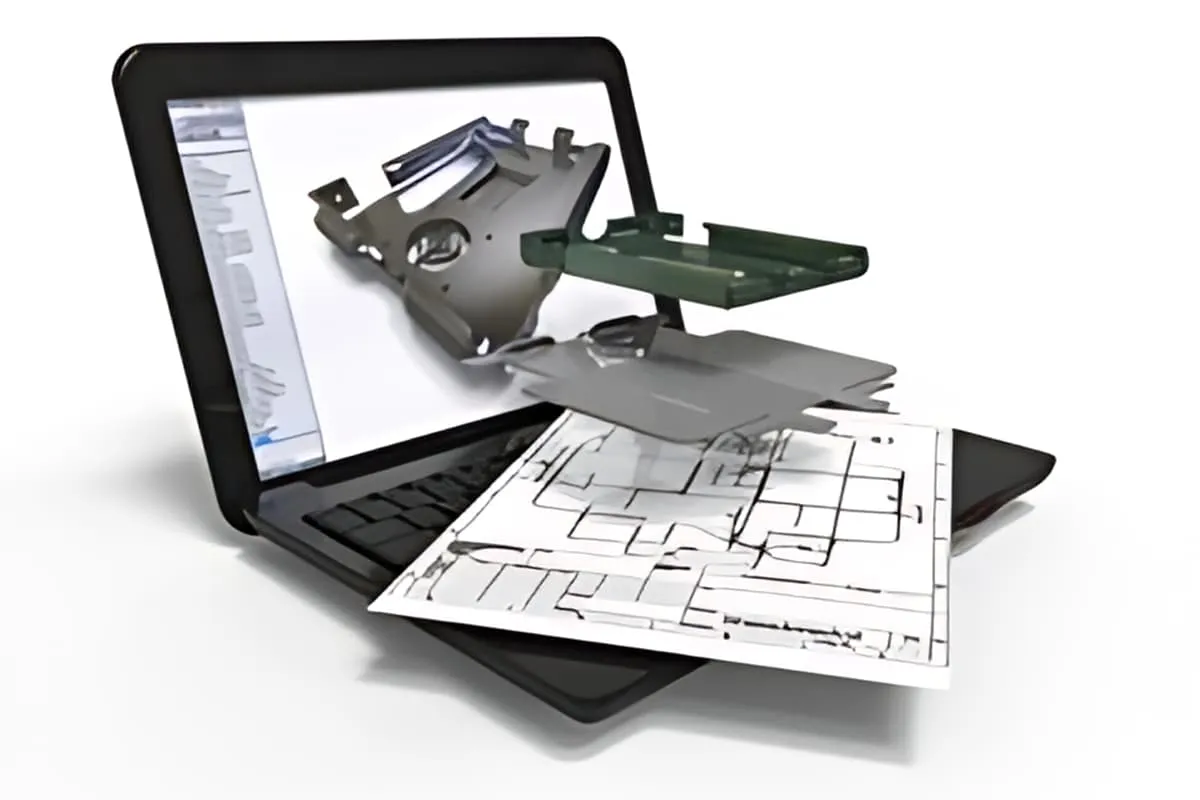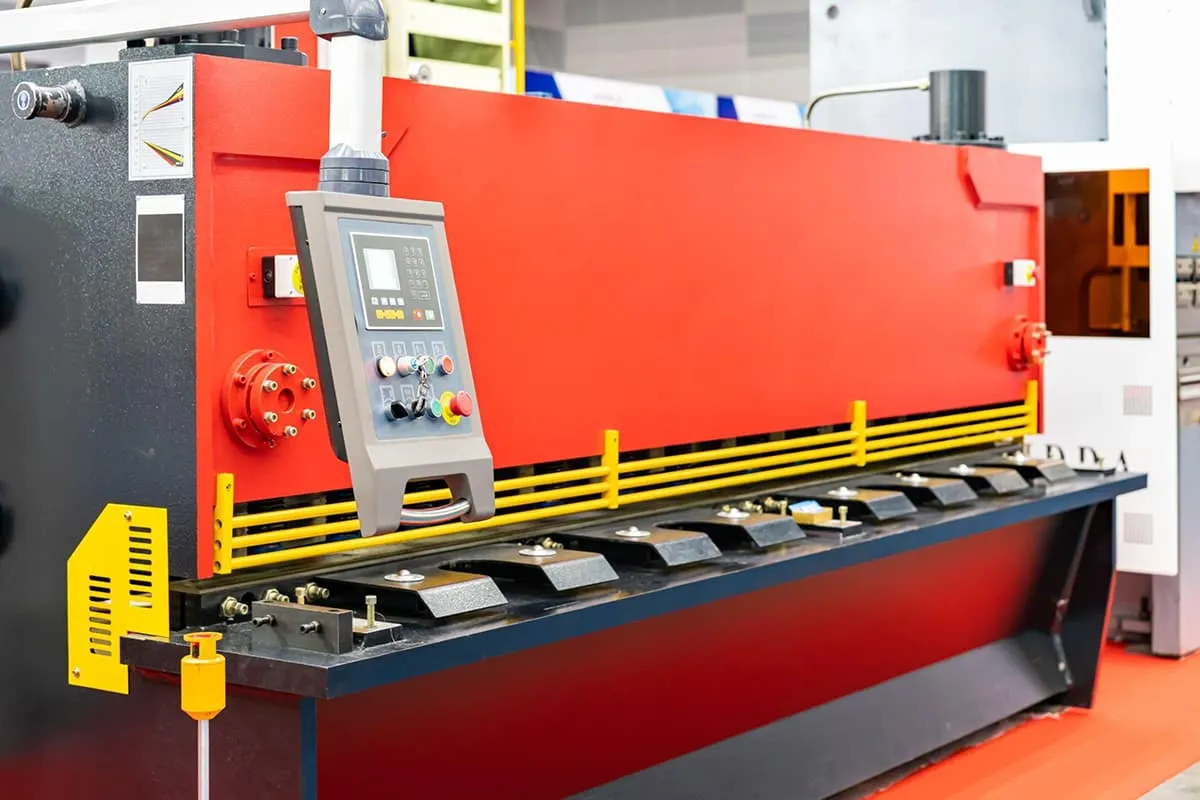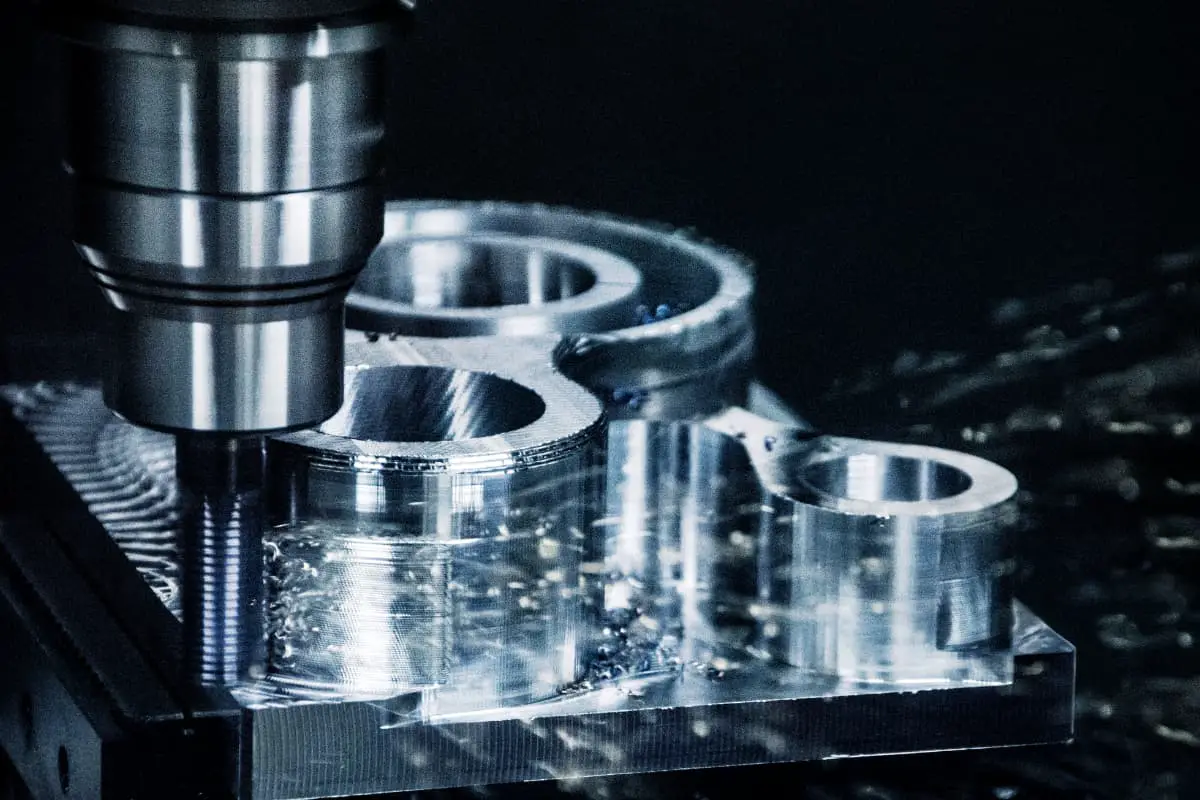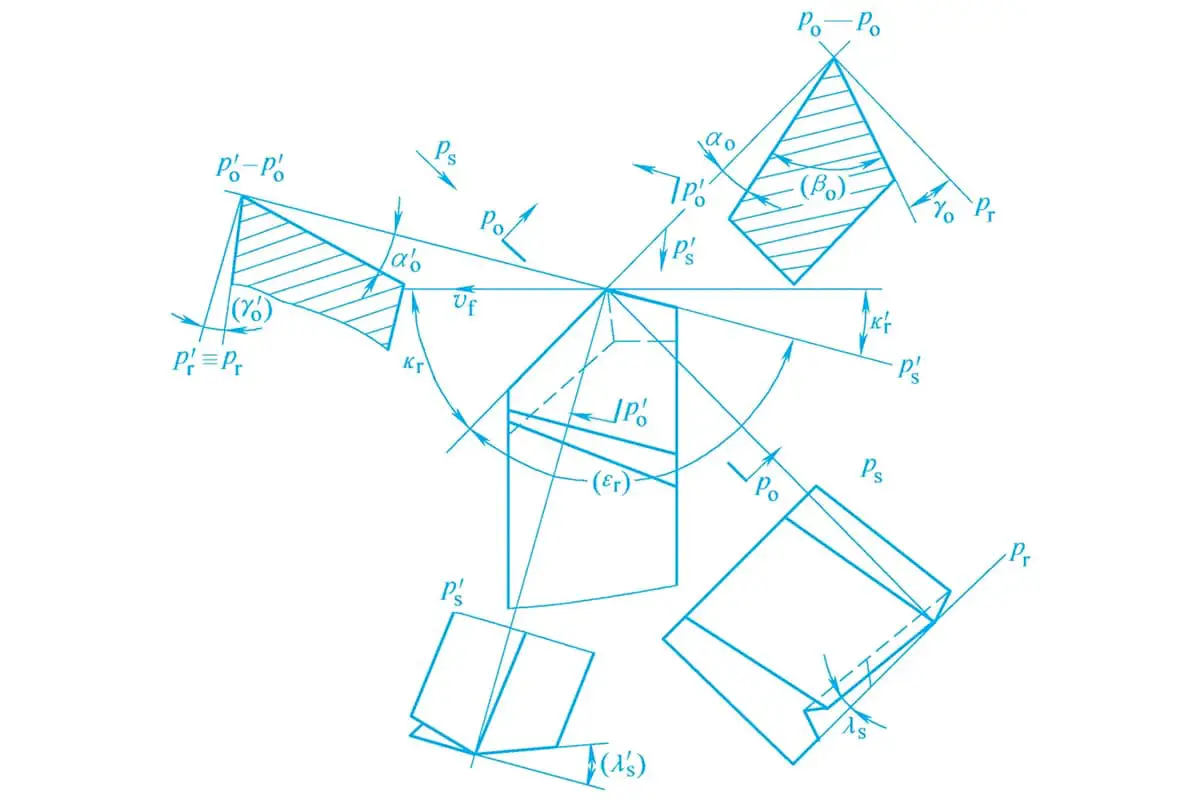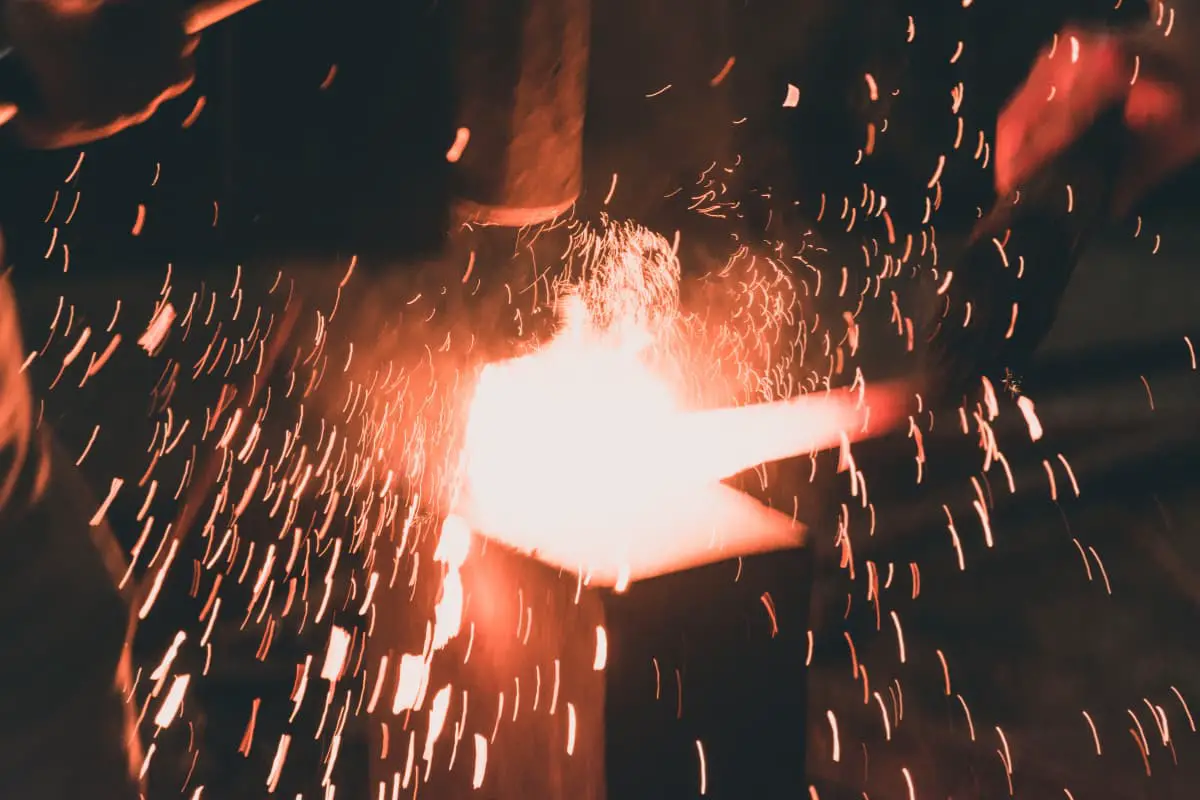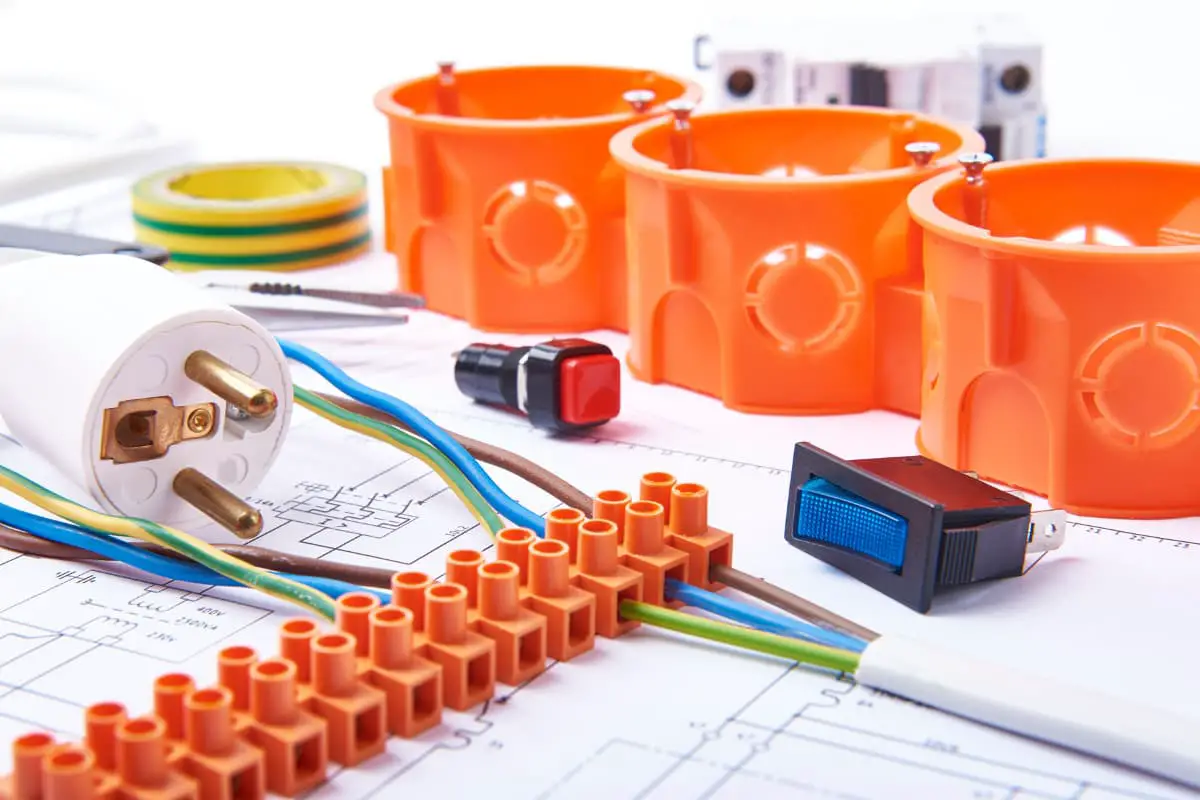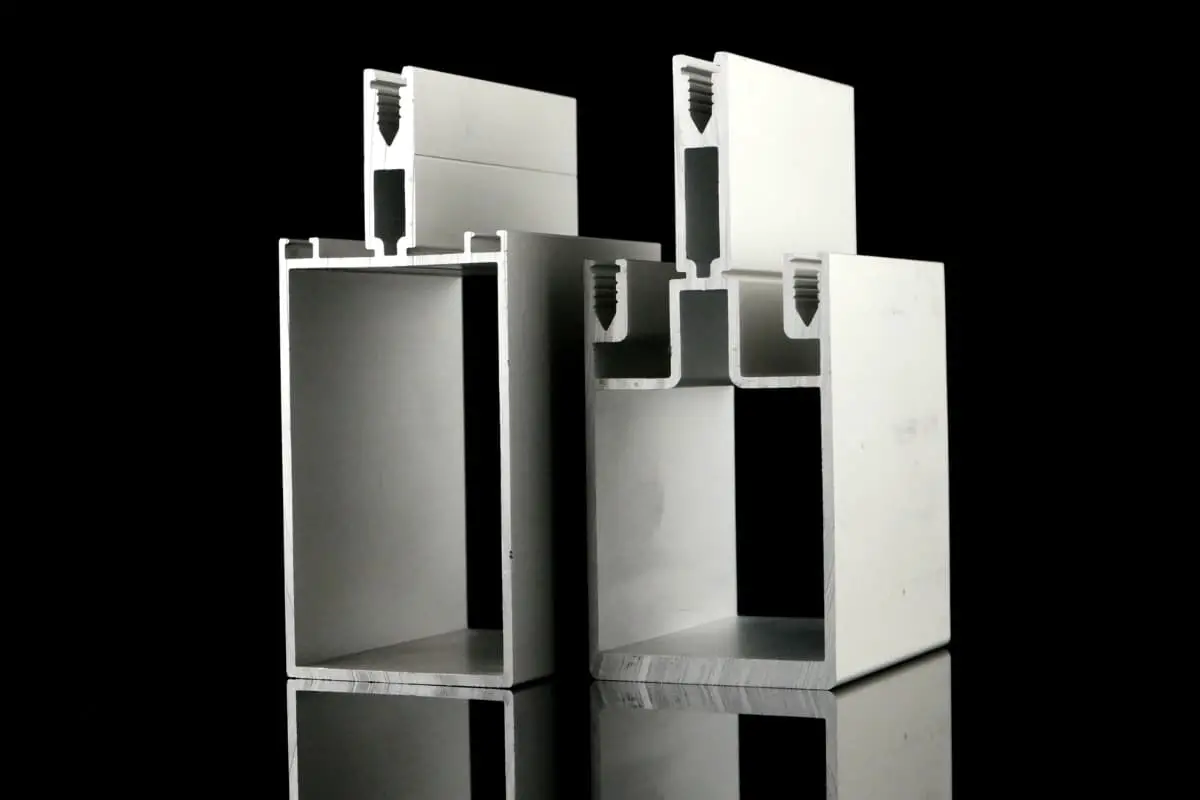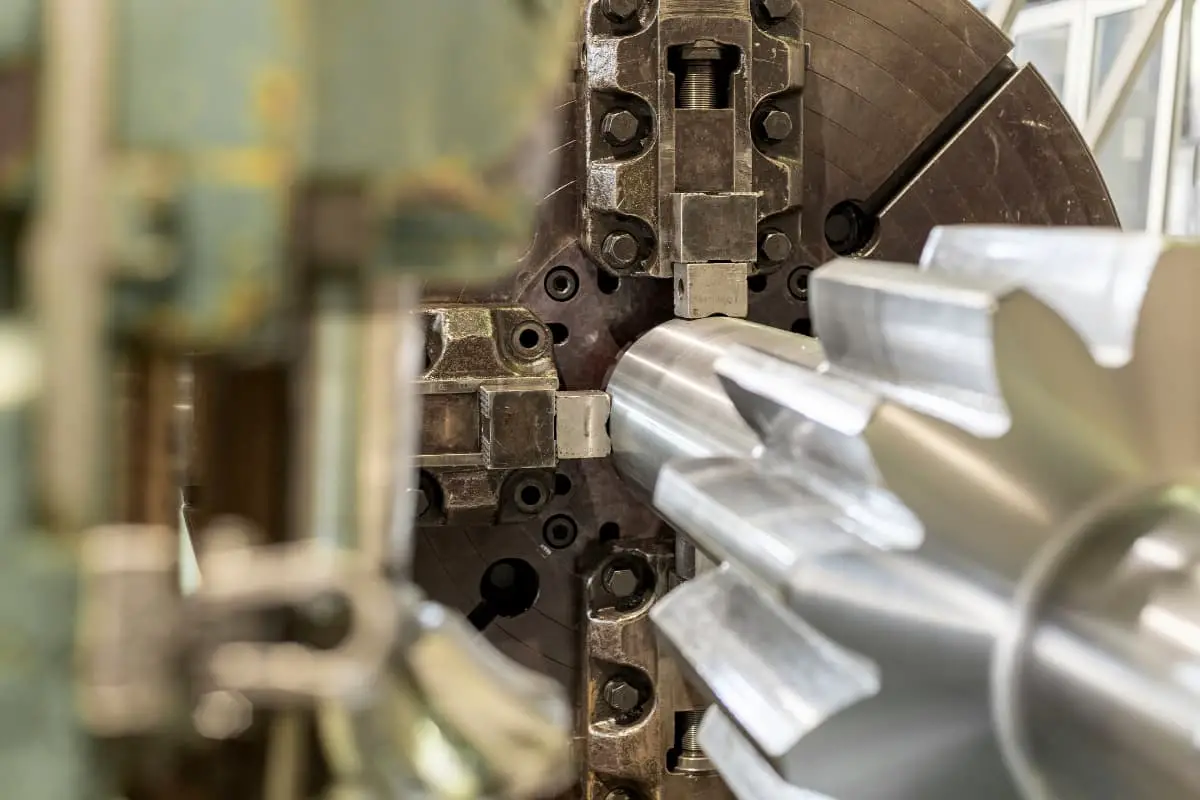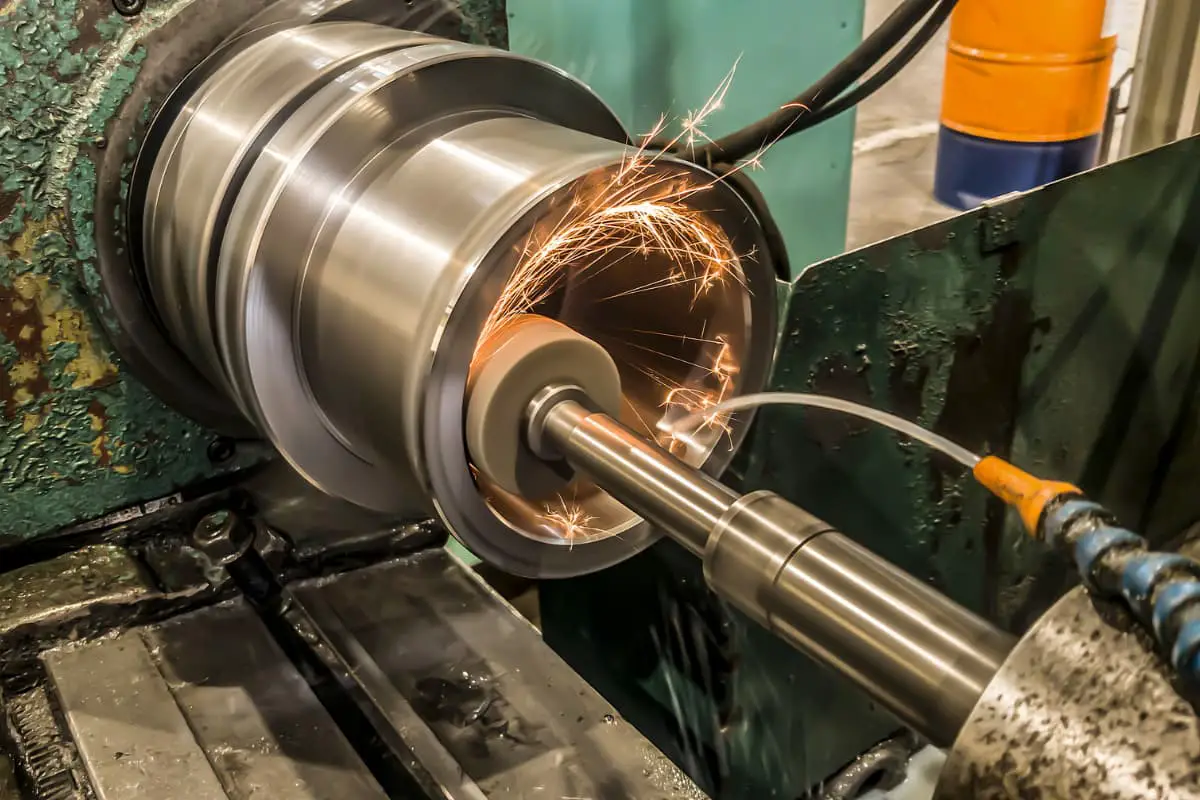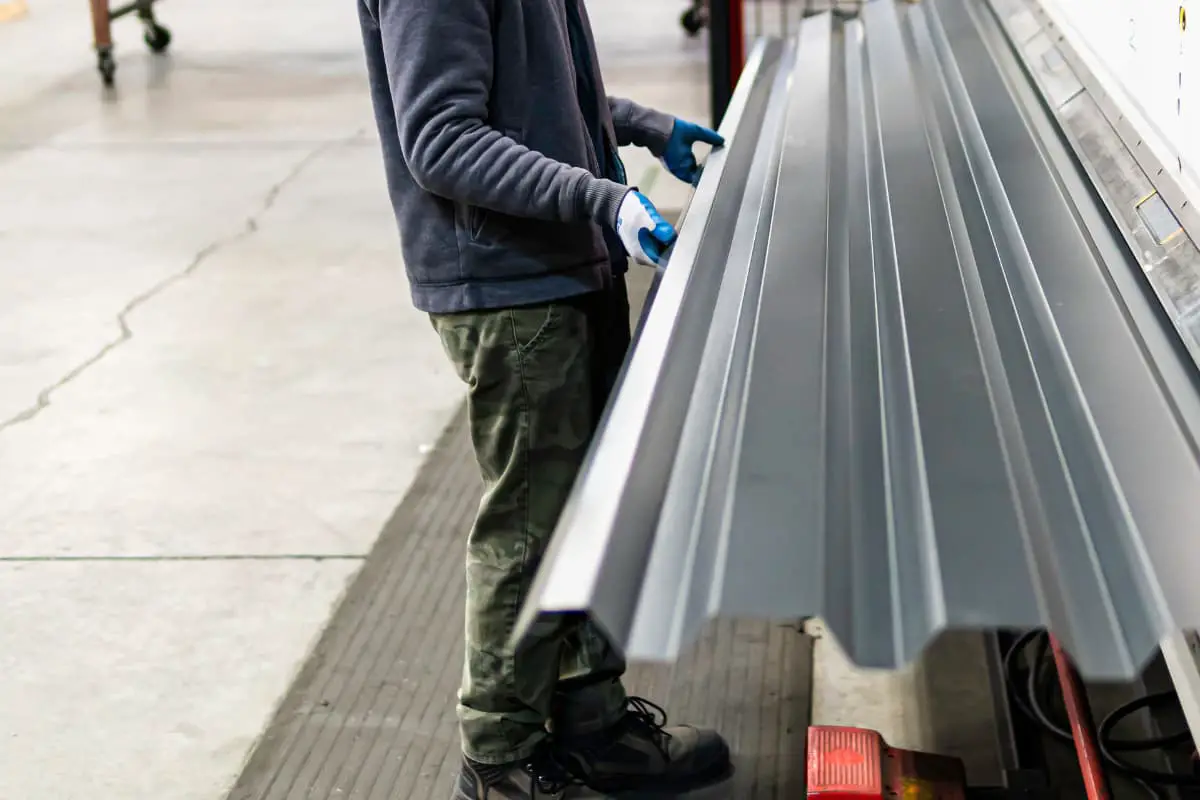
Sheet metal parts are structural components formed by the processing of thin metal sheets through stamping, bending, drawing, and other techniques. They see a wide range of applications in electronic products, often used to manufacture cabinets, casings, plug-ins, consoles, panels, brackets, and more, serving as carriers for the installation, support, and protection of electronic and electrical modules.
Through optimized structural design, high strength and rigidity can be achieved on the basis of being lightweight and cost-effective. The compact structure, aesthetic appearance, and robust reliability of sheet metal parts make them suitable for mold processing. They provide advantages in enhancing productivity, shortening production cycles, and reducing production costs, hence their application is incredibly widespread.
1. Overview of Sheet Metal Fabrication
1.1 Sheet Metal Fabrication
Many procedures in sheet metal fabrication involve the plastic deformation of materials. Different types of sheet metal parts use different molds and blanks, with varying deformation methods. In sheet metal fabrication, according to the deformation properties of the material, the procedures are divided into separation and deformation procedures.
Sheet metal separation procedures refer to those where the stress in the deformed part of the material reaches the strength limit after the procedure, causing the material to deform and separate. This includes operations like punching, blanking, shearing, notching, trimming, etc.
Sheet metal deformation procedures refer to those where the stress in the deformed part of the material exceeds the yield strength (but is less than the strength limit) after the procedure, resulting in plastic deformation, thereby changing the original shape and size of the material. This includes operations such as drawing, flanging, bulging, bending, twisting, and wave forming, etc.
These two different procedures are often combined to complete complex procedures, such as punch and blank, blank and draw, draw and trim, etc. Moreover, in product assembly work, stamping methods are often used for the assembly of components or parts, such as press fitting, riveting, punch riveting, and Torx riveting, etc.
1.2 Common Terms in Sheet Metal Fabrication
(1) Shearing
The process by which a portion of the material is cut off along its perimeter by shears or dies, fully separating the workpiece from the original material.
(2) Blanking
The process of using dies on a common press or other equipment to cut the entire perimeter of the workpiece, completely separating it from the original material. The cut-off part is the workpiece.
(3) Punching
The process of using dies on a common press or other equipment to cut the whole perimeter, completely separating the slug from the original material. The removed part is the slug.
(4) Leveling
The process of taking a non-flat workpiece, placing it between smooth or textured upper and lower dies, and applying pressure to make it a flat plate, or using other equipment or tools to level the workpiece.
(5) Slotting
The process of cutting a portion of the sheet (cutting off a part of the perimeter) without completely separating it.
(6) Sectioning
The process of cutting bent or drawn parts into two or more pieces.
(7) Trimming
The process of cutting off excess or irregular edges from a part.
(8) Finishing
The process of finishing the edges or holes of flat parts into precise dimensions and smooth cross-sections.
(9) Die Cutting
The process of using a die to cut the entire perimeter of non-metallic sheet material.
(10) Bending
The process of bending flat material or profiles into a certain angle or shape. The process of bending sheet material or profiles into shape on a press using bending dies is referred to as press braking; if it’s formed by a folding machine, it is also called folding. This method is commonly used in the manufacturing of cabinets, enclosures, etc.
(11) Flanging
The process of clamping the straight edge of a workpiece between a male and female die, and under pressure, rolling the straight edge inside the male or female die to form a bent edge.
(12) Twisting
The process of causing a part of a flat sheet to twist relative to another part to form a spatial curved surface shape.
(13) Forming
The process of deforming a workpiece with the aid of dies on a common press or hydraulic machine, generally referred to as a forming process.
(14) Deep Drawing
Also known as “stretching” or “drawing,” it refers to the process of turning flat material into a hollow part or making a hollow part deeper (the average thickness of the sheet remains unchanged before and after deformation).
(15) Thin-wall Deep Drawing
The process of changing the dimensions of a solid or hollow part by reducing the diameter and wall friction.
(16) Beading
Also known as “corrugating,” it is the process of forming an uneven shape in sheet material by locally thinning the material.
(17) Flaring
Also known as “punching holes,” it is the process of using a common press or other equipment to form larger diameter holes with bent edges in sheet material, with or without existing holes, or hollow parts.
(18) Threading
The process of machining internal threads on a workpiece.
(19) Shaping
Refers to the process of giving a workpiece its final shape or precise dimensions after bending or drawing.
(20) Expanding
Refers to the process of pressurizing the interior of a hollow workpiece to enlarge its cross-sectional dimensions.
(21) Reducing
Refers to the process of applying external pressure to a hollow workpiece to decrease its cross-sectional dimensions.
(22) Center Punching
The process of creating a center mark on the surface of a workpiece (without penetrating through) for subsequent drilling.
(23) Embossing
The process of using a die to displace material from a workpiece, thus creating text, symbols, or other impressions by changing the thickness of the sheet metal.
(24) Cold Extrusion
Also known as “impact extrusion,” this refers to the process of placing a solid or hollow blank in a die and using a punch to extrude a piece.
(25) Embossing
The process of using a die on a press to create a local shallow raised shape on a flat workpiece.
(26) Corner Cutting
The process of cutting off the corners of a workpiece using a die on a press.
(27) Punching Ventilation Holes
The process of using a die on a conventional or CNC press to punch out net-like holes in a flat workpiece.
(28) Punching and Blanking
The process of completing both punching and blanking operations within a single compound die.
(29) Blanking and Bending
The process of completing both blanking and bending operations within a single compound die.
(30) Blanking and Drawing
The process of completing both blanking and drawing operations within a single compound die.
(31) Drawing and Forming and Flanging
The process of completing drawing, forming, and flanging operations within a single compound die.
(32) Hole Enlarging
The process of using a drill bit or milling cutter to enlarge a small hole on a workpiece.
(33) Countersinking
The process of machining a conical hole (with a depth less than the thickness of the plate) on the surface of a workpiece to accommodate countersunk screws, rivet nuts, and other connectors.
(34) Riveting
The process of connecting two or more workpieces face-to-face using rivets. If using countersunk rivets, the workpiece needs to be countersunk first.
(35) Press Riveting
The process of firmly pressing rivet nuts, rivet screws, or press rivets onto a workpiece using a press or hydraulic machine.
(36) Swell Riveting
The process of first countersinking a workpiece, then securely press-fitting a rivet nut onto the workpiece.
(37) Rivet Nut Pulling
The process of securely attaching connectors such as rivet nuts and rivet studs onto a workpiece using a rivet gun, similar to the riveting process.
(38) Pull Riveting
The process of tightly connecting two or more workpieces using a rivet gun and pull rivets (blind rivets).
(39) Flattening
The process of smoothly transitioning a workpiece with a certain shape to a flat surface.
(40) Drilling
The process of making holes in a workpiece using a drill bit on a drill press or milling machine.
(41) Deburring
The process of using a grinder, file, or other tools to remove burrs from a workpiece that resulted from shearing, punching, blanking, etc., making the machined area smooth and flat.
(42) Chamfering
The process of machining the sharp corners of a workpiece using a die, cutter, or grinder.
(43) Retapping
The process of rethreading a pre-threaded workpiece after surface treatments like painting or powder coating.
(44) Applying Protective Film
The process of protecting the surface of a workpiece using a protective film.
(45) Removing Protective Film
The process of cleaning the protective film off the surface of a workpiece.
(46) Heat Shrinking
The process of using heating equipment (heat gun, oven) to shrink plastic around a workpiece.
(47) Labeling
This refers to the process of attaching labels to designated locations on the workpiece.
(48) Wire Drawing
This refers to the process of treating the surface of the workpiece with a wire drawing machine and a sand belt.
(49) Polishing
This refers to the process of using polishing equipment to make the workpiece surface glossy.
(50) Heat Treatment
This refers to the process of using appropriate methods to heat, insulate, and cool metal materials to achieve the required structure and properties.
(51) Hydrogen Arc Welding
This refers to the process where the connection between workpieces is welded by a hydrogen arc welding machine at the edge or seam of the workpiece. It can be further divided into intermittent welding and full welding, based on specific welding requirements.
(52) CO2 Gas Shielded Welding
This refers to the process where the connection between workpieces is welded by a CO2 gas shielded welding machine at the edge or seam of the workpiece. It is generally applicable to welding of steel plates with a thickness of ≥2mm. It can be further divided into intermittent welding and full welding, based on specific welding requirements.
(53) Spot Welding
This refers to the process where workpieces are welded face to face using a spot welding machine. The spot welding workpieces usually form welding points on one of the contacting surfaces to increase welding strength. The size of the welding point is φ1.5~φ2.5mm, and the height is about 0.3mm.
(54) Stud Welding
This refers to the process where stud welding guns are used to firmly weld stud bolts onto the surface of the workpiece.
(55) Weld Seam Repair
This primarily refers to the process of using a grinder, files, and other tools to smooth and level the weld scar on the workpiece.
(56) Pre-treatment
This refers to the process of degreasing, derusting, and enhancing the surface film (such as a phosphide film) of the workpiece with an electrolytic solution, and cleaning it after sheet metal processing is completed and before painting or powder spraying.
(57) Putty Filling
This refers to the process of using atomic ash to compensate for defects on the workpiece surface (such as welding gaps or pits).
(58) Putty Filling and Grinding
This primarily refers to the process of using a surface grinder or sandcloth to polish the workpiece surface after putty filling.
(59) Painting
This refers to the process of using a specialized spray gun to evenly spray paint onto the workpiece surface.
(60) Powder Spraying
Powder spraying, also known as powder coating, is a new type of coating process that has rapidly developed in recent decades, using plastic powder as the raw material. Powder spraying refers to the process of using a spray gun to evenly spray powder onto the workpiece surface.
(61) Screen Printing
Screen printing, short for silk screen printing, refers to the process of using a squeegee to transfer ink or other printing materials through the exposed areas of the screen, imprinting onto the workpiece surface to form text or patterns. Screen printing is suitable for batch printing.
(62) Electroplating
This refers to the process of applying a layer of metal on the workpiece surface for protection or decoration.
(63) Blackening
This refers to the process of forming an oxide film on the workpiece surface for protection or decoration.
(64) Sand Blasting
This refers to the process of treating the workpiece surface using a sandblasting machine.
(65) Assembly
This refers to the process of assembling two or more workpieces together.
(66) Packaging
This refers to the process of protecting the workpiece with paper or other materials.
(67) Other
Such as flattening, offset (Z-shape), edge turning, threading, and hole riveting, etc.

